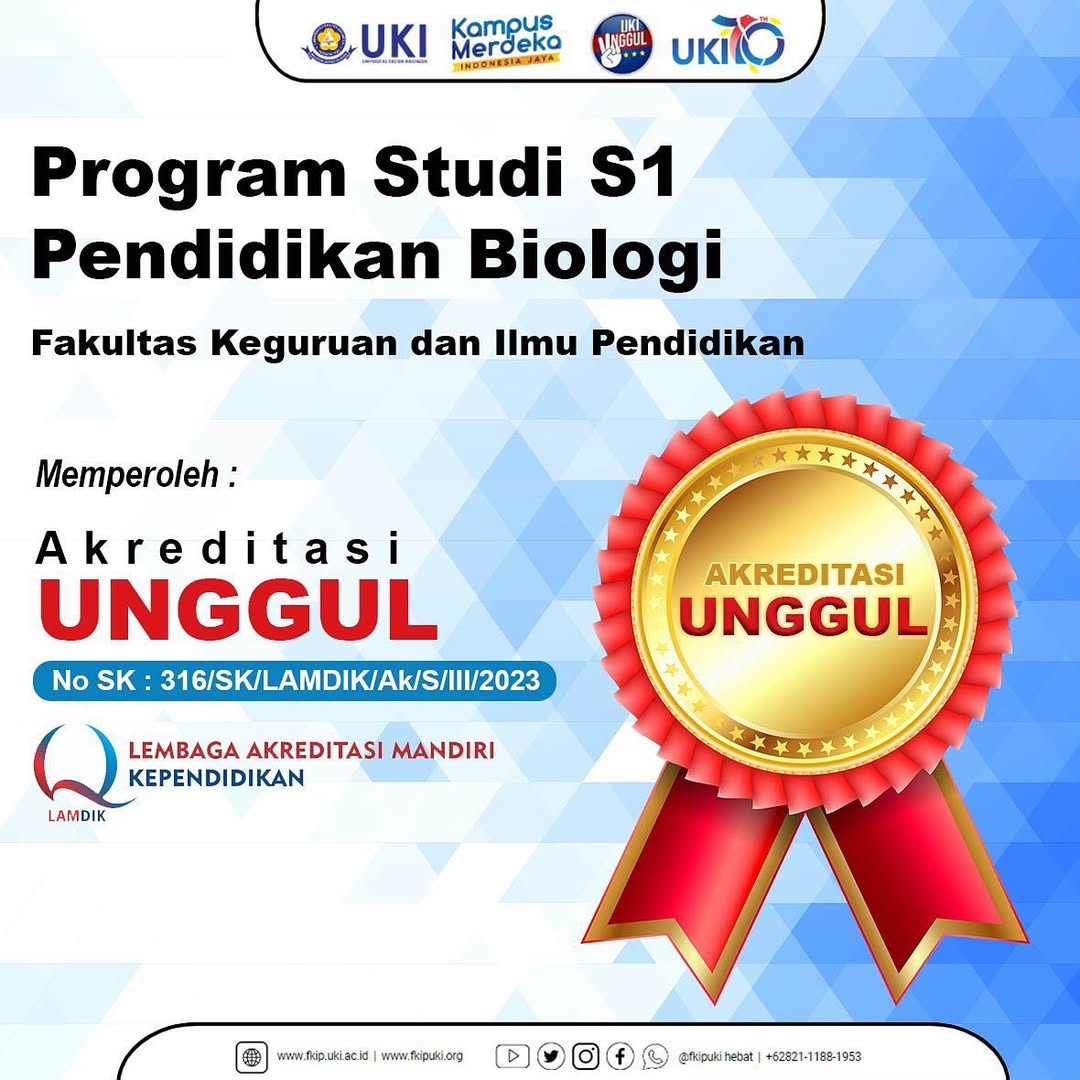PENGARUH RENDAMAN KAYU ANGIN (Usnea baileyi) DALAM NIRA SEGAR DAN NIRA REBUS TERHADAP HATI TIKUS (Rattus norvegicus) YANG TERPAPAR TIMBAL ASETAT
Abstract
Lead acetate inhaled caused oxidative damage of liver due to the formation of free radicals. Ones of the plant that
has a high antioxidant content is Usnea baileyi. This study aims to examine the potency of fresh and boiled U.
baileyi to reducing rats liver damage induced by lead acetate. This study used randomized complete design with
nine treatments and three replications. Twenty seven male rats were randomly divided into 9 groups namely one
positive control group (given 100 mg/kb bw lead acetate), two negative control groups (given 1 ml fresh sap and 1
ml boiled sap), three groups given U. Baileyi immersion treatment in fresh sap and three group treated U.
Baileyi immersion in boiled sap with dose of 3,500 mg/kg BW, 6,000 mg/kg BW and 10,500 mg/kg BW after
induced by 100 mg/kg BW lead acetate. Treatment was given orally for 15 consecutive days The results showed
that the morphology of rats treated with U. baileyi dosages of 6,000 mg/kg bw and U. baileyi 10,500 mg/kg b w
both in fresh sap and boiled sap had morphology that was not significantly different from negative controls.
Whereas in the histological structure only the dose U. baileyi 10,500 mg/kg Bw did not show a significant
difference with negative cotrol. It can be concluded that the dose of U. baileyi 10,500 mg/kg Bw rats in boiled sap
gave the best effect in reducing damage to liver histology of rats induced by lead acetate.
Key words: lead acetate, liver, sap, Usnea baileyi,
- View 1484 times Download 1484 times pdf (Bahasa Indonesia)



















